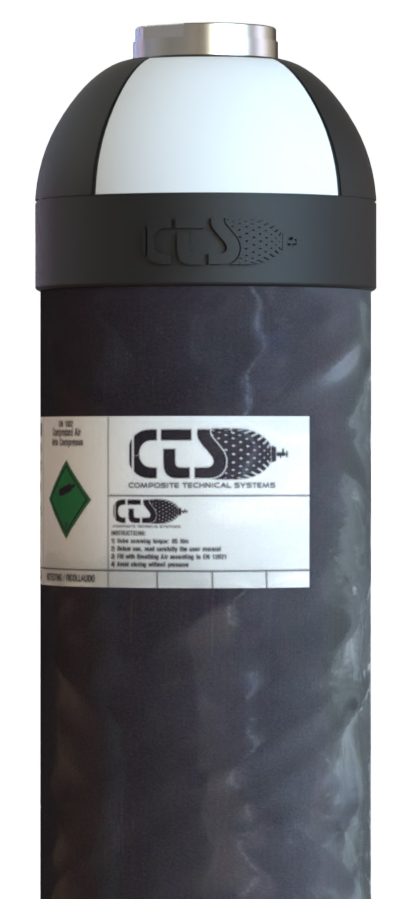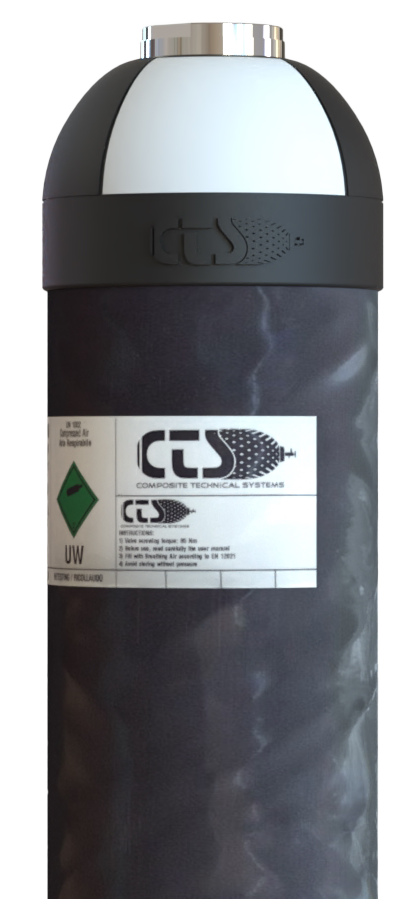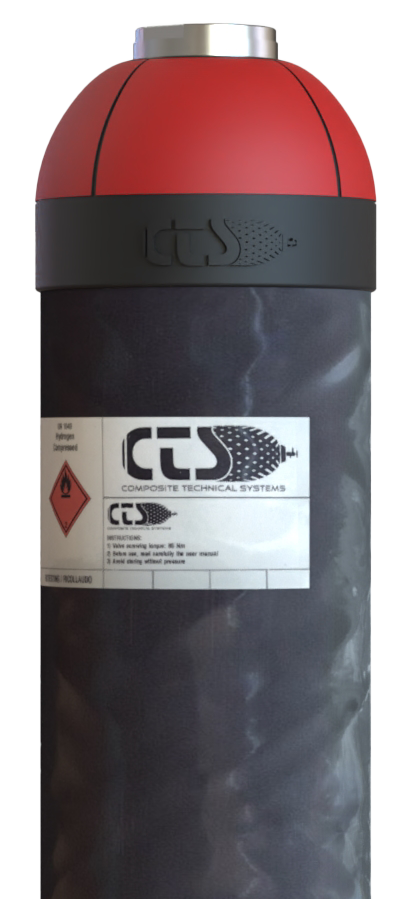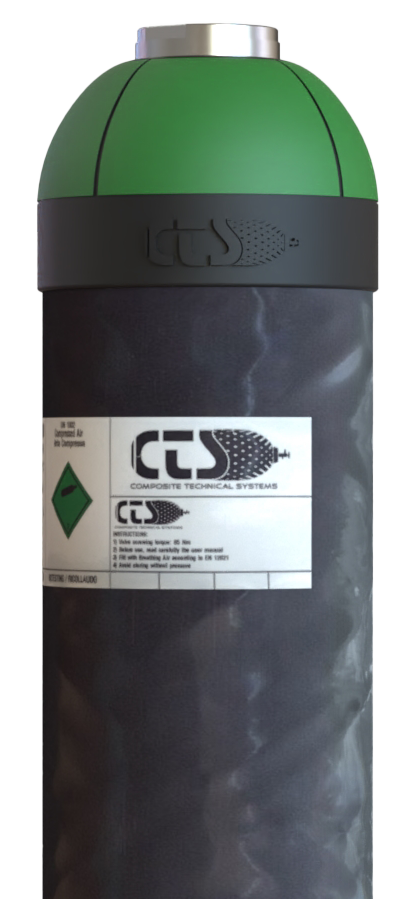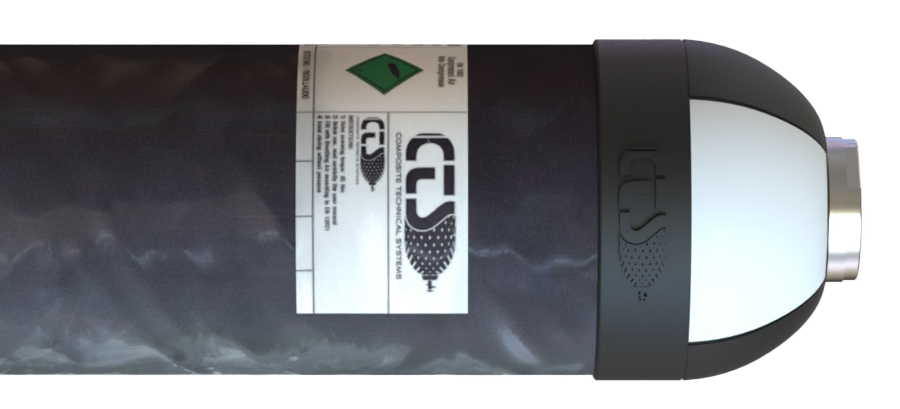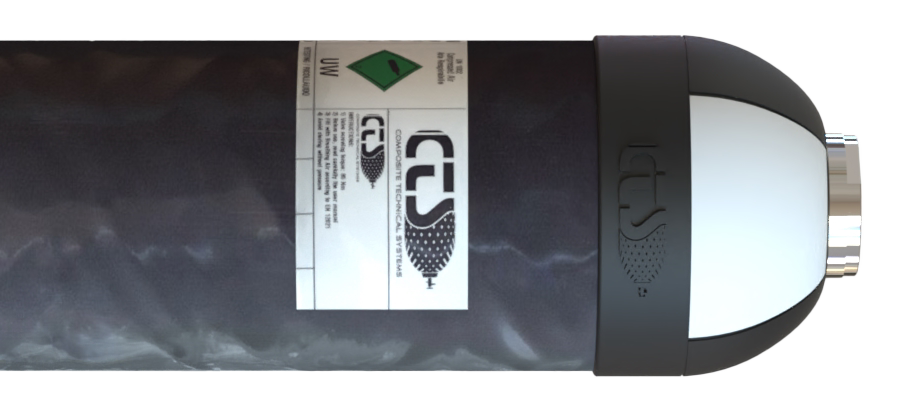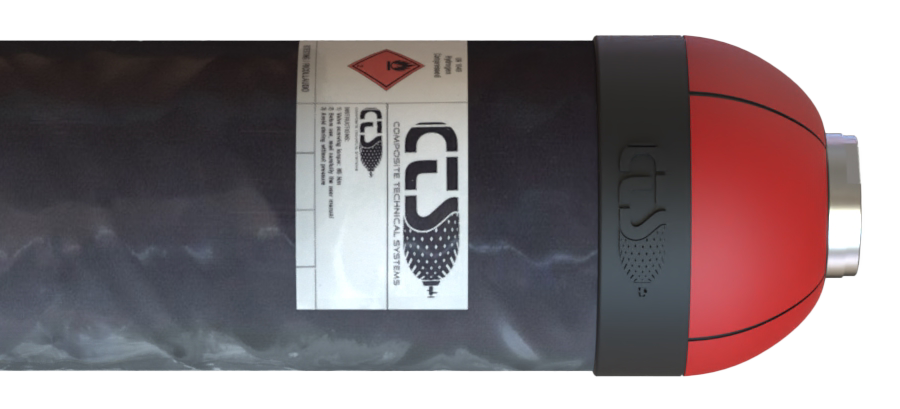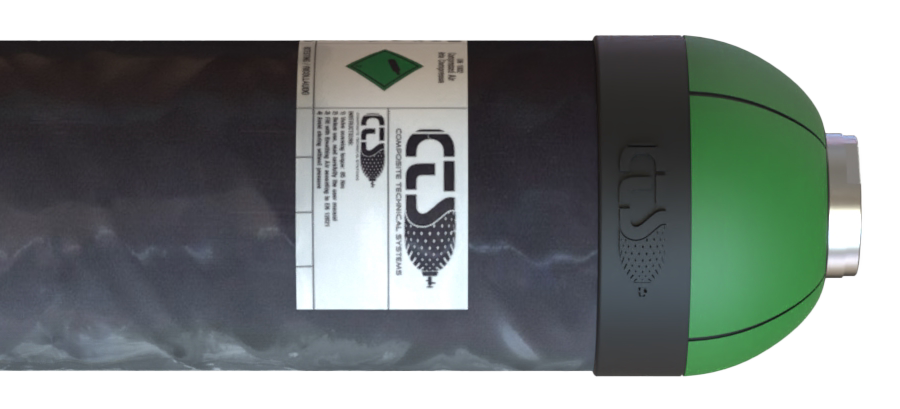Home > Products
Featherlight cylinders
extra customisation
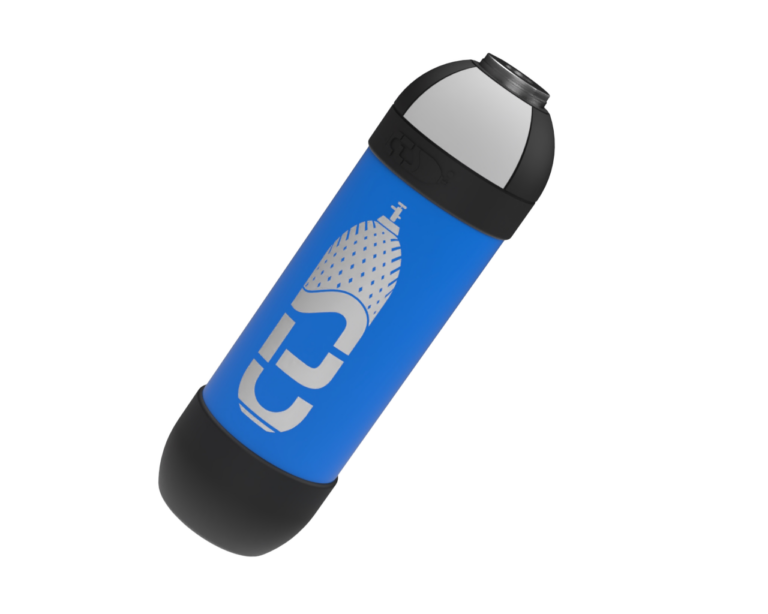
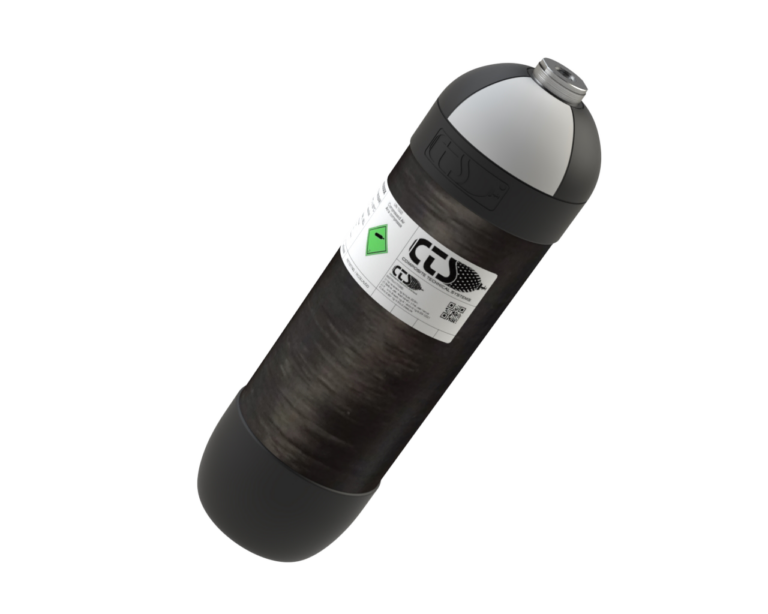







- The main features of our cylinders -
- They are “TYPE 4”: this means that are made out of composite material, carbon fiber and epoxy resin, and underneath an ultralight liner made of PET (Polyethylene terephthalate)
- Built according to EN12245 and ISO11119-3 standards
- NON-LIMITED LIFE
- For Firefighting, Diving, Industrial and Hydrogen applications
- They are certified according to European Pressure Equipment Directive PED 2014/68/EU (CE), European Pressure Directive T- PED 2010/35/EU (π); US - D.O.T. approved
LIGHTNESS
CTS cylinders are 4 times lighter than the corresponding steel cylinders and 30% lighter than composite cylinders with an aluminium inner core
NON LIMITED LIFE
Generally, cylinders are marked with their lifetime. This number means that from the date of initial testing, the cylinder must be thrown away (even if still functional) after the years indicated.
Exceptional RESISTANCE
Among the tests to be carried out according to the standards are:
– Burst test (the burst test must be more than 3 times the working pressure)
– Cyclic test (in order for the cylinder to be defined as having unlimited life, it must pass 12,000 cycles at the test pressure, i.e. at 1.5 times working pressure)
– Salt water immersion test (one cylinder must pass the burst test and another the cyclic test after being immersed 90 days in water and salt).
– Fire test (cylinder, loaded with air at working pressure, immersed in flames must not burst within 2 minutes).
– Flaw test (two cylinders are notched according to dimensions prescribed by the standard, then one is subjected to the burst test and must exceed 2 times working pressure, while the other is subjected to a cyclic test and must exceed 5,000 cycles at working pressure).
– Hydrostatic test, test performed on all cylinders (each cylinder must be pressurised with water to 1.5 times working pressure and held for at least 30 seconds in that condition)
– Drop test (two cylinders are dropped from a height of 120 cm 8 times, in different positions. One is then subjected to the burst test, while the other is subjected to the cyclic test.
SAFETY guaranteed
CTS goes beyond the requirements of the standard and, to ensure the safety and reliability of its cylinders, regularly performs a series of additional tests:
– Cyclic air fast-fill test, a test performed during the design phase and then on a sample basis on manufactured cylinders (fast filling from 0 bar to 330 bar in less than 60 seconds with air).
– Burst test after cyclic test, test carried out in the design phase and then by sampling on produced cylinders (cylinder subjected to cyclic test and after approx. 12,500 cycles is subjected to bursting, criteria as per standard).
– Low-pressure leak test, test performed on all cylinders (cylinder is loaded with air at 5 bar pressure and then its correct tightness is verified by immersion in soapy water).
– High-pressure leak test, test performed on all cylinders (cylinder is loaded with air at working pressure and then its correct tightness is verified by immersion in soapy water).
BARRIER EFFECT
CTS cylinders meet the requirements of EN 12245 and ISO 11119-3 by a wide margin, and this is due to the unique design and the special PET ‘blend’ of the inner liner
High CORROSION Resistance
The classic problem of oxidation of the inner core, with the very dangerous risk of valve clogging, in CTS cylinders is averted by the use of PET instead of traditional metals.
Easy to CLEAN and SANITISE
A simple cloth soaked in alcohol or non-toxic detergent is all that is needed to easily clean the canisters; hygienisation is also simplified thanks to the screw nozzles made of special anodised aluminium alloys.
Easy MAINTENANCE
Design features such as the carbon fibre and resin composite structure, the PET core, the special caps and sheats, and the interchangeable nozzle, greatly simplify any maintenance work
CUSTOMIZATION
CTS carbon fibre cylinders are adaptable to satisfy the most different needs and requirements for the use of compressed gases. Please present us your requests and we will be glad to propose a customised solution
two type of finishings

↪ Fibreglass cover
The fibreglass cover consists of a single circumferential wrap of highly durable glass immersed in the same epoxy resin used for structural carbon wrapping to optimise the adhesion between the two materials with undeniable advantages on the protection of the information label. Subsequently, the layer is coated with a special fireproof paint to protect the cylinder even when directly exposed to flame and under the most extreme conditions.
Advantages: durable and resistant, aesthetically pleasing.
Suitable for most applications due to its durability.
Not recommended in situations where it is deemed necessary to remove and replace the outermost layer of the cylinder

↪ Heat-shrink sleeves
Our heat-shrink sleeves are designed and engineered to withstand high temperatures and prevent the spread of flame so as to protect the cylinder in the most dangerous situations. They also allow quick and easy repair or decontamination of the cylinder from possible hazardous substances deposited during its use by replacing them.
Advantages: wide possibility of customisation, even after purchase.
Suitable for situations where the cylinder is more prone to impact or fire, as rework is quick and easy.
Not recommended for UW applications, as water can penetrate between the liners.
what does type 4 mean?
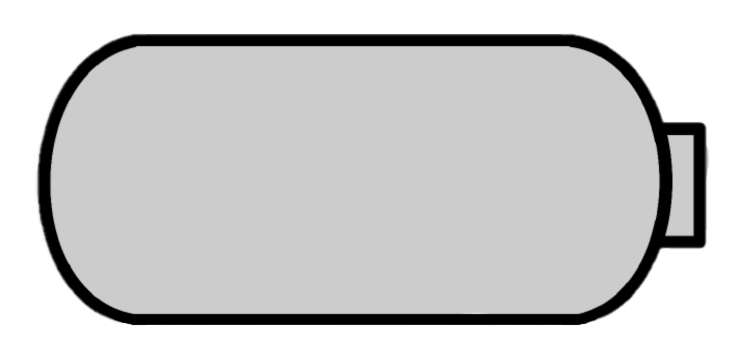
Type 1
All-metal cylinder
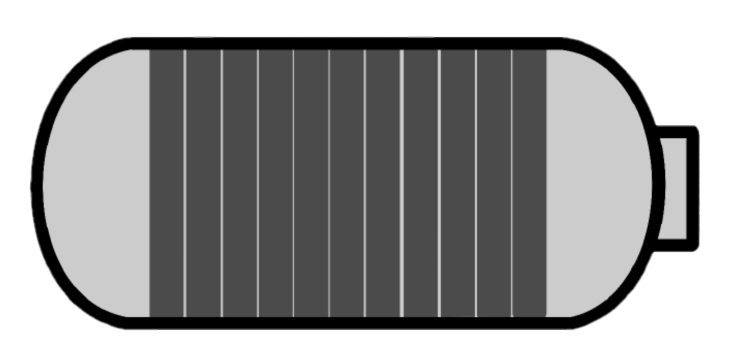
Type 2
Metal cylinder, wrapped with composite material on the cylindrical part
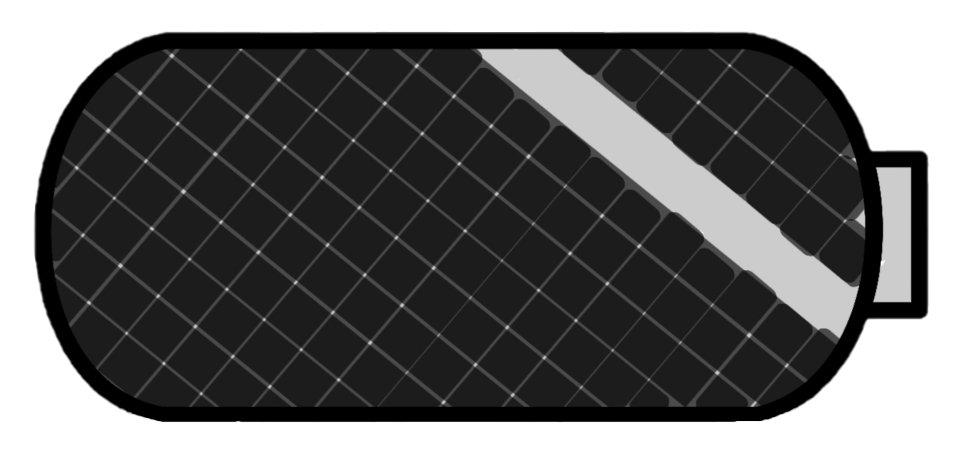
Type 3
Metal cylinder, entirely wrapped with composite material
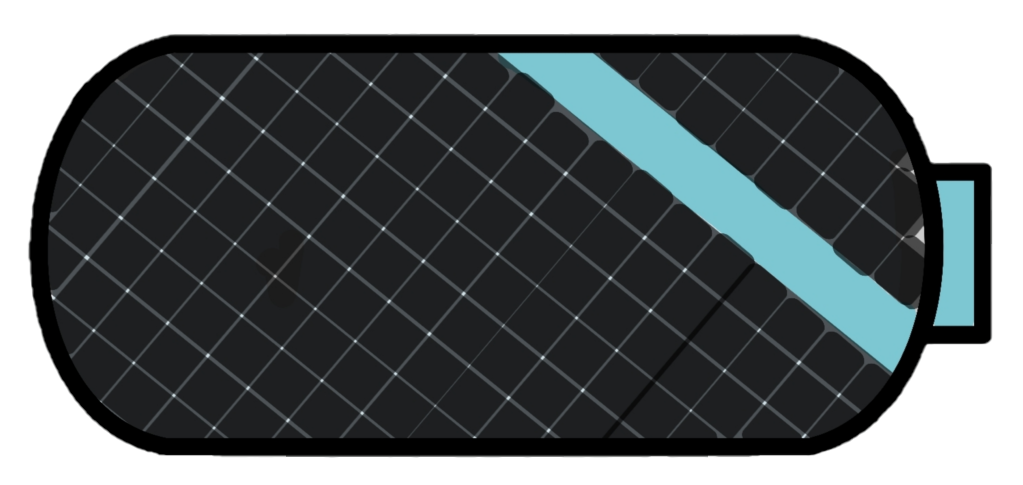
Type 4
Cylinder with non-structural liner, fully composite-wrapped
Faq
I need a cylinder for underwater use, which model should I choose?
If I order a cylinder with a valve, how do I ensure correct assembly?
If I order a cylinder, what documents will I receive?
I have to ship a cylinder, what do I need to know?
Can CTS cylinders be shipped by air?
What customs code do CTS cylinders have? What about the valves alone? Do the customs code change if the valve is mounted on the cylinder?
CTS’s composite cylinder are made with a non-structural PET liner, wrapped with a composite material made of carbon fibres and epoxy resin, which confers the structural and mechanical properties. The plastic liner has the only function to contain the gas. The cylinder comes with rubber protective caps (upper and bottom) which have the purpose of cushioning the impacts. It can also come with protective sleeves, which are intended to protect the composite surface and the label and also work as a flame retardant.
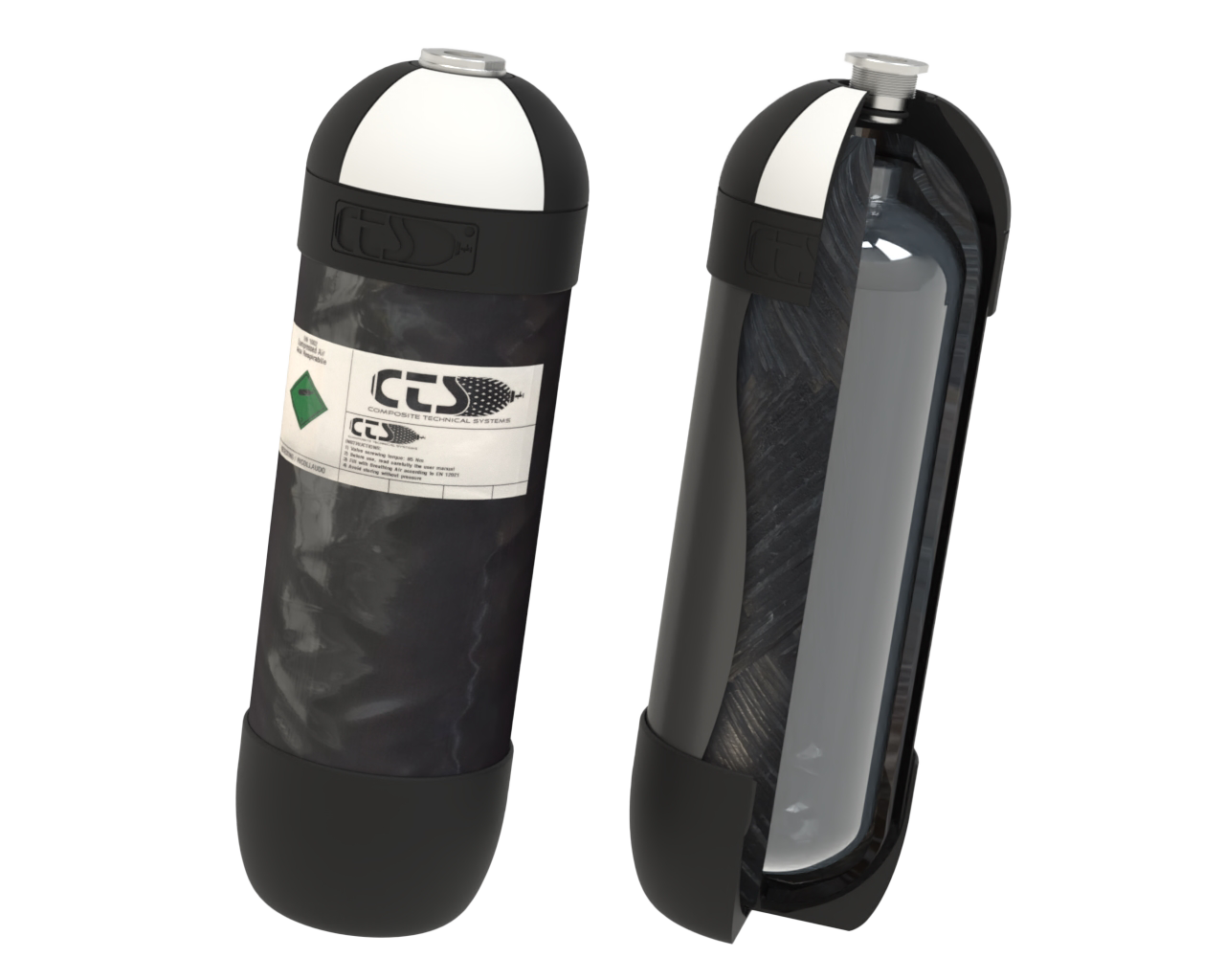
Inner nozzle
Internal PET liner
Composite shell
Upper cap
Label
Optional protective finishings
Bottom cap

